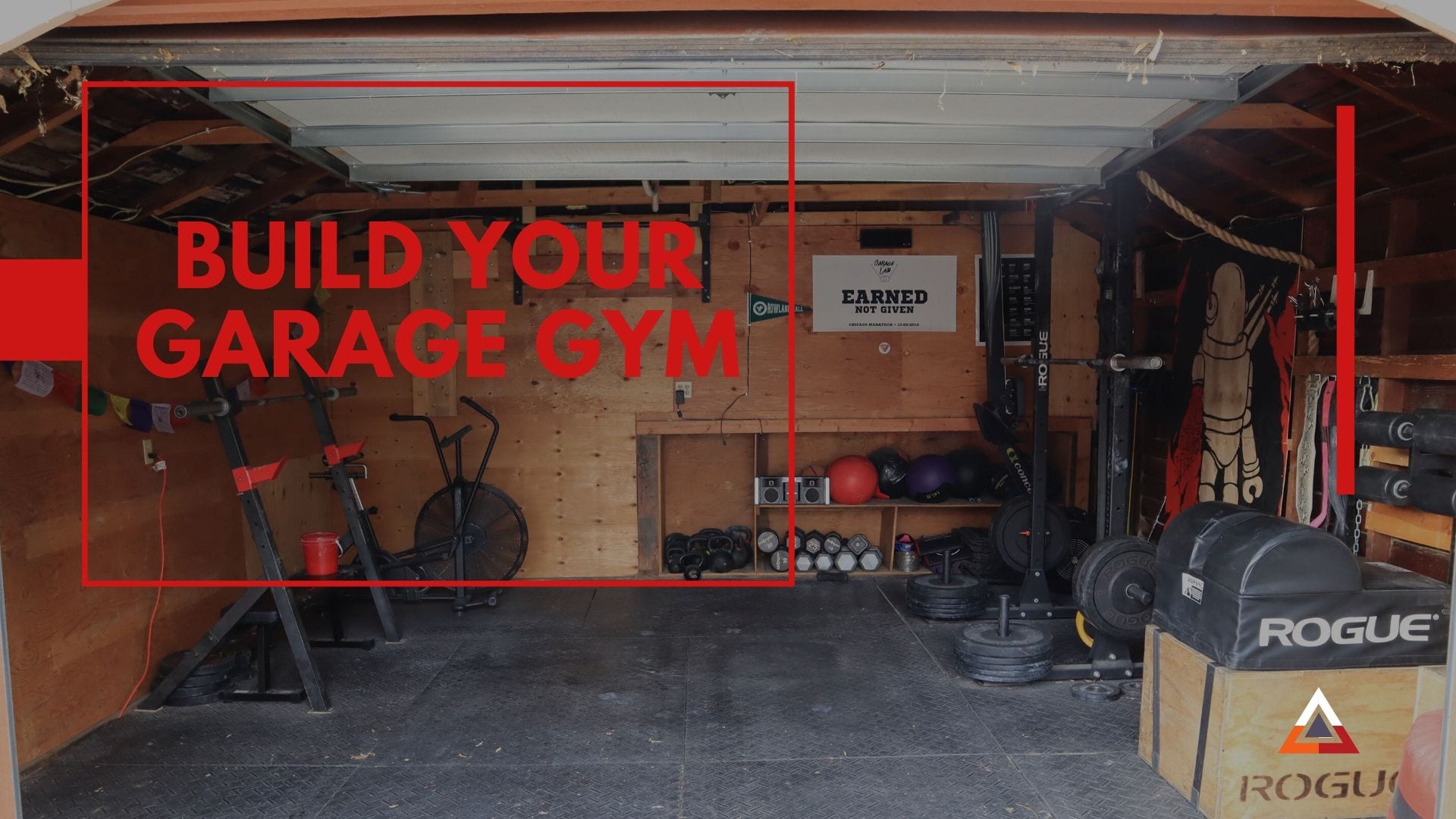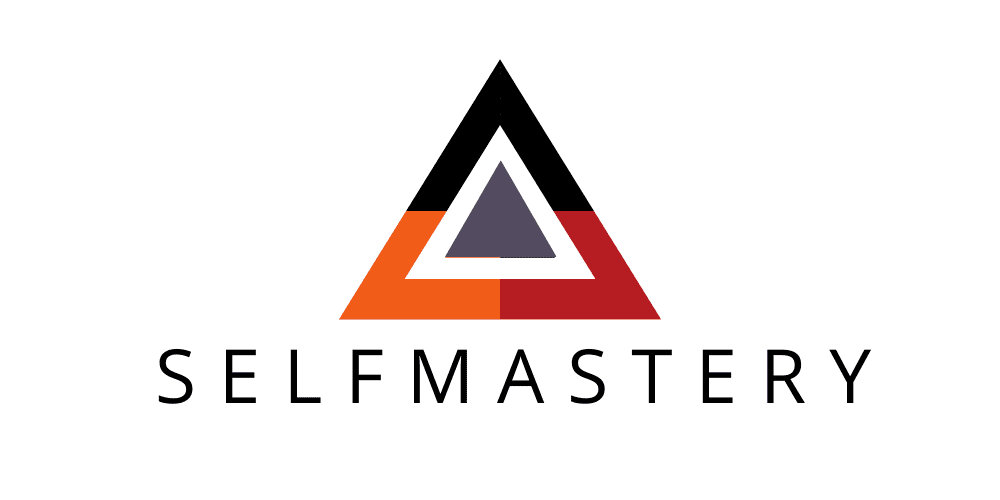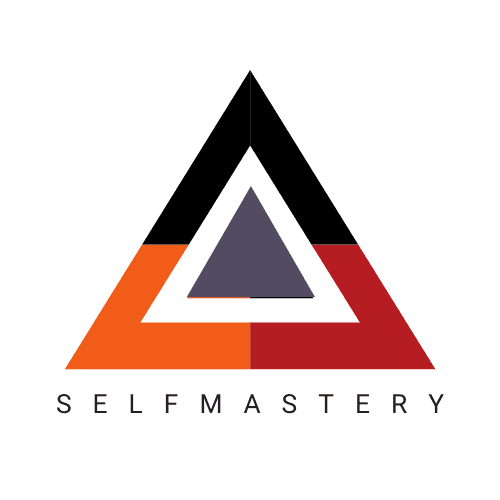
20 Mar Build your garage gym
Let me start with a disclaimer for my future reader. As I write this post, COVID19 is spreading throughout the world. The atmosphere is pretty intense and gloomy. There is a mix of too much information, too little knowledge, enormous amounts of noise, and a fair dose of polarization. You would think it is life as normal, and you’d be right. The unusual thing is that most of us feel slapped in the face with the realization that life is uncertain and fragile. In regular circumstances, we tend to forget that. We really do, despite the fact that the one thing most wise humans agree on is the fact that happiness lies in the acceptance of this undeniable truth.
Most of my athletes are secluded in their homes and have lost access to their commercial gyms. And so all my communication systems are full of the same question: What equipment should I buy? It is a difficult situation. You come from a gym that has it all and suddenly you are faced with having very little or nothing. This juxtaposition feels like your fitness is going to go down the same path–like all your hard effort is going to be washed away in these days of confinement. So you jump into Amazon and try to buy whatever you can. However, your reference point is a full commercial gym, which is expensive. Buying everything you think you need is way out of budget, and buying just some little stuff feels kind of pointless. And also, fitness marketing is effed up. So it is confusing and frustrating. I get this problem at a very personal level. The objective of this post is to help you answer this question, and maybe help you in the project of building your own garage gym.
Let me start by telling you this: trust your fitness. If your training is good and robust, it should resist pretty much anything. And this exile from the commercial gym might be a blessing in disguise. I love garage gyms. I consider myself a garage gym person. I believe in home-fitness. I think fitness is most productive when it becomes a personal and regular routine. If you are an avid reader for example, and you consider reading and learning new stuff an essential part of yourself, you can understand what I am saying. I love commercial gyms, I work in one. I understand their value. But I think nobody should need a gym to improve the way they move. It is like libraries: they are fantastic, but you don’t need one to read. You should be able to read everywhere.
When I started in the life of fitness, I had no equipment. I lived in Chicago and I was a graduate student. Going to the gym to train was costly in both time and effort. And so I started buying equipment for my apartment. I never planned to build a whole gym like the one I have now. I just bought the equipment that I could afford to buy and that would give me more bang for my buck. The first thing I bought was a pull-up bar. Then, slowly but surely, I bought every set of dumbbells Target had to sell (not very heavy back in the day). I used the equipment I had to match the skill I had. You see, I did not need a rowing machine back then, because I was such a beginner that running and burpees gave me all the conditioning I needed. I did not have money for a barbell so I built this one. I taught myself how to perform all the major lifts with that bar. I would attach dumbbells on the sides and lift–cute right?. Now I have a fully equipped garage gym, it is my dojo, my shop, and my zen place. I love it, and I want to share my experience with you so that you can do the same.
First, these are some basic principles you can follow.
Garage gym design principles
▶ You don’t need much. In my personal experience, having fewer resources and limited equipment made me a much better athlete. I spent so much time with that homemade barbell that when I got my first real barbell my movement was ready. If all you have is a set of rings or parallettes, all you need is a good routine and you will get fit as fuck. Don’t let the need to get fancy stuff and lots of it stop you from getting started. Buy something and use it right meow, even if it is just a dumbbell. Get a little base from which to build and then grow.
▶ This is a long term project. Patience is an athlete’s most important quality. In fitness, growth is slow. Let your own gym grow with your fitness. Buy things little by little. Learn each piece of equipment completely before you move to the next one. For example, master the kettlebell movements before buying a set of dumbbells. This will keep you from getting overwhelmed and you will be able to really learn how to use all your tools.
▶ For some things, you want the fancy stuff, for others you don’t. The more technical the equipment is the more you should care about (and so spend on) quality. The less technical, the cheaper you should go. Dumbbells are just dead weight, buy the cheapest. The same goes for kettlebells and steel plates. For equipment that will receive a beating like medicine balls, or bands, or bumper plates, find a medium-range thing. The cheapest will not last, the most expensive will not be worth it. If safety is involved then it pays off to buy something nice. A pull-up bar that will hang from your wall should be awesome. If you are going to be jumping on top of a box make sure the wood will not split after one month. And for the technical stuff invest your dollars. A well kept high-quality barbell will last you all your life, so go for the nice one.
▶ You don’t need all the weight you can move, you just need half of it. If you can back squat 200 pounds, with 100 pounds you will get fitter for years. Deadweight is the most expensive equipment you will buy, so add pounds little by little. You don’t need much.
▶ Buy versatility, always. This means you should first buy the thing you will use the most. Don’t let the marketer decide your options, keep it real. I bought a bench that could incline and recline, and hamstring curls, and 100 more things, and I never used any of those features. Then I bought a bench that was just a bench, and I use it for everything.
▶ Save money, and then buy a rower. A concept2, don’t waste your money with anything else.
Now let me give you some specifics. If you have nothing and you are looking for specific equipment to buy here’s my list of essentials. With this, you can get fit for years without needing anything else besides a street to run on.
Garage gym essentials
▶ A good pull-up bar. If you have a frame door any model similar to this will do. If you have some studs and are more serious about your gymnastics, this is by far the best bar out there.
▶ Rings. They do everything TRX does and more. Also, they are really cheap. A good rings program will build you like no CrossFit gym will.
▶ Bands. Bands are super useful. This set here can function as any band you want. If you need a loop you can just tie them, if you need it open-ended it works too.
▶ Box. A good box will be your bench, your stool, and your jumping platform. Nice wood and good design are a-must. Don’t be cheap.
▶ Kettlebell. Start with a 12kg or a 16kg, download Pavel Tsatsouline’s book and swing those bells. Remember this is deadweight, buy the cheapest you can find on the internets, and rest assured you made the best choice.
▶ Jump rope. I would recommend one here, but I know better. Jump ropes are personal. The good thing is that they are cheap, so buy one that has some good reviews on Amazon, and go from there.
From here on, you need to start adding weight. I had a monthly budget for load: 50lbs. I had a rollover system that worked great. The choice-making process for the more technical and expensive stuff is a little bit more personal and depends greatly on what kind of training you do and what your goals are. However, I think the principles I gave above should help you make a good decision. In case of need, just holler, I am here for you!
And now let me go on with these unusual times we are living. Send me pictures of whatever you buy!


